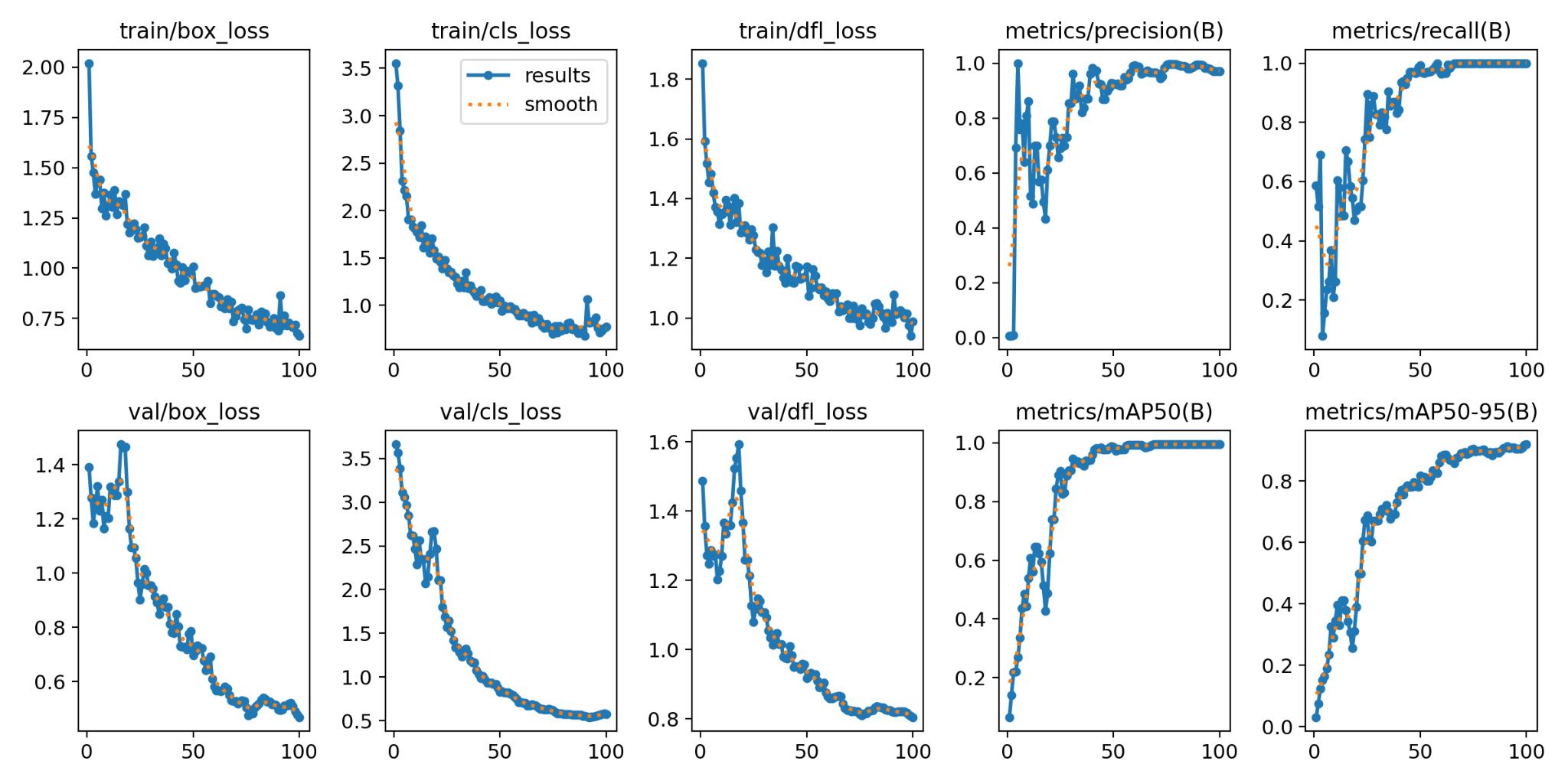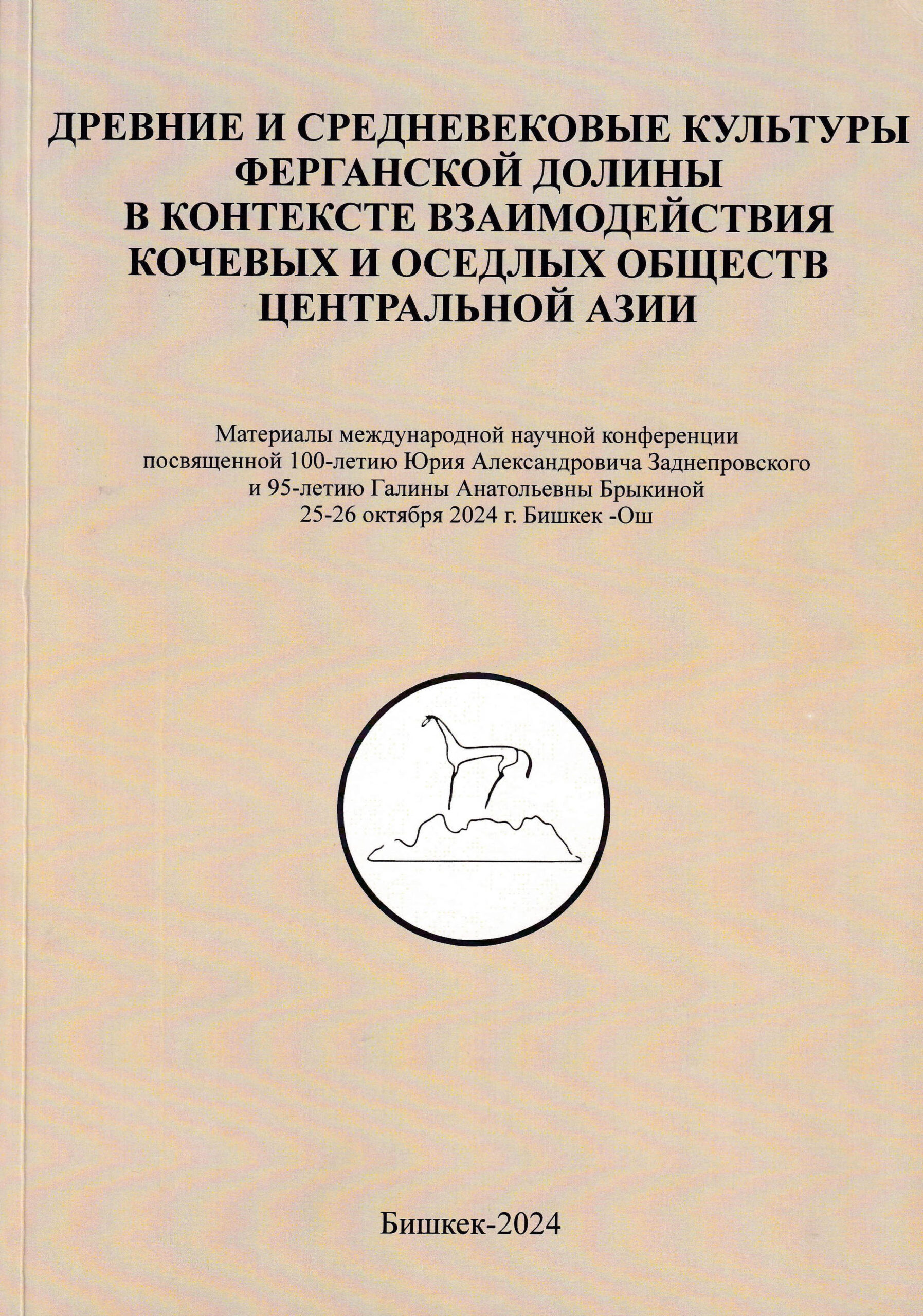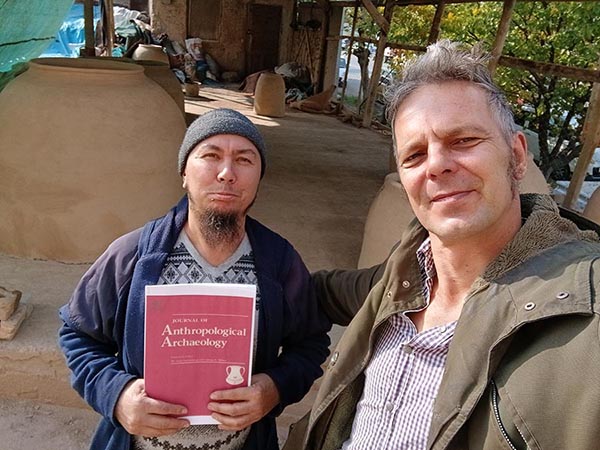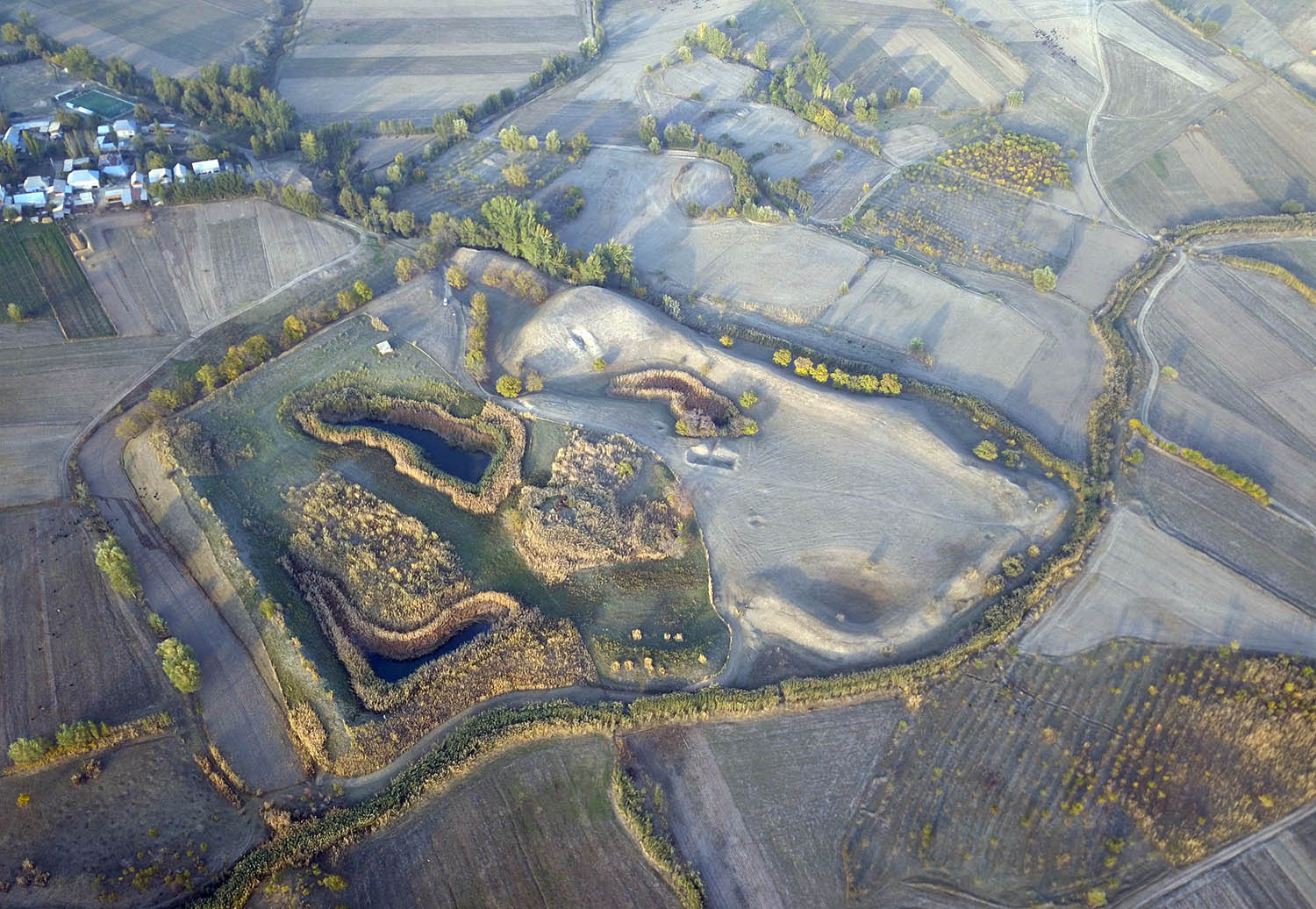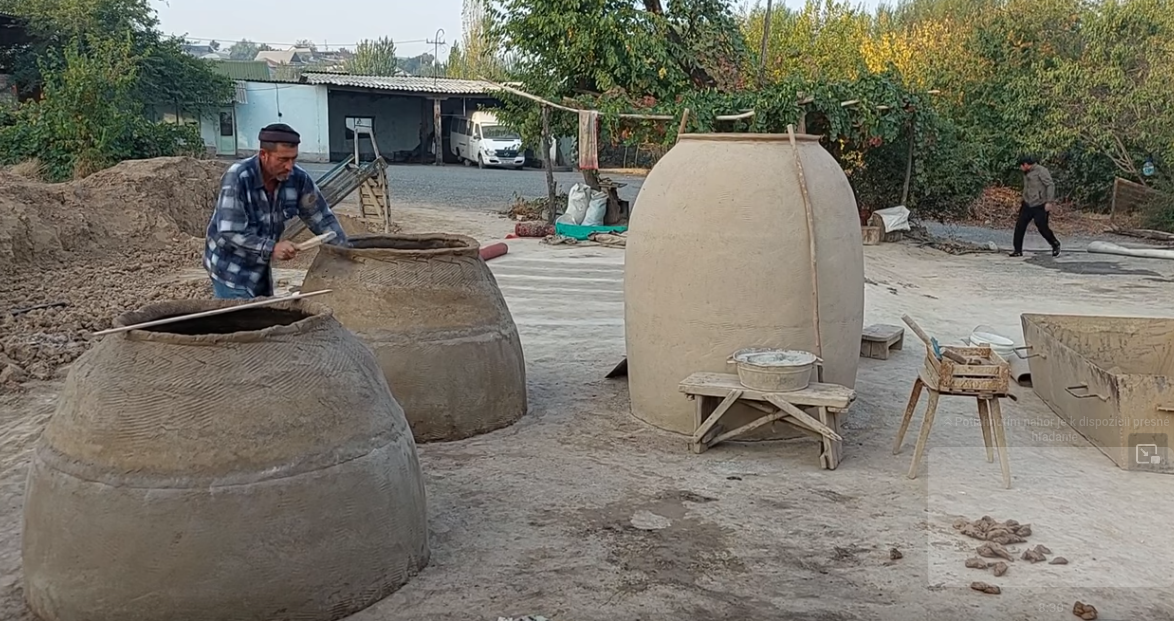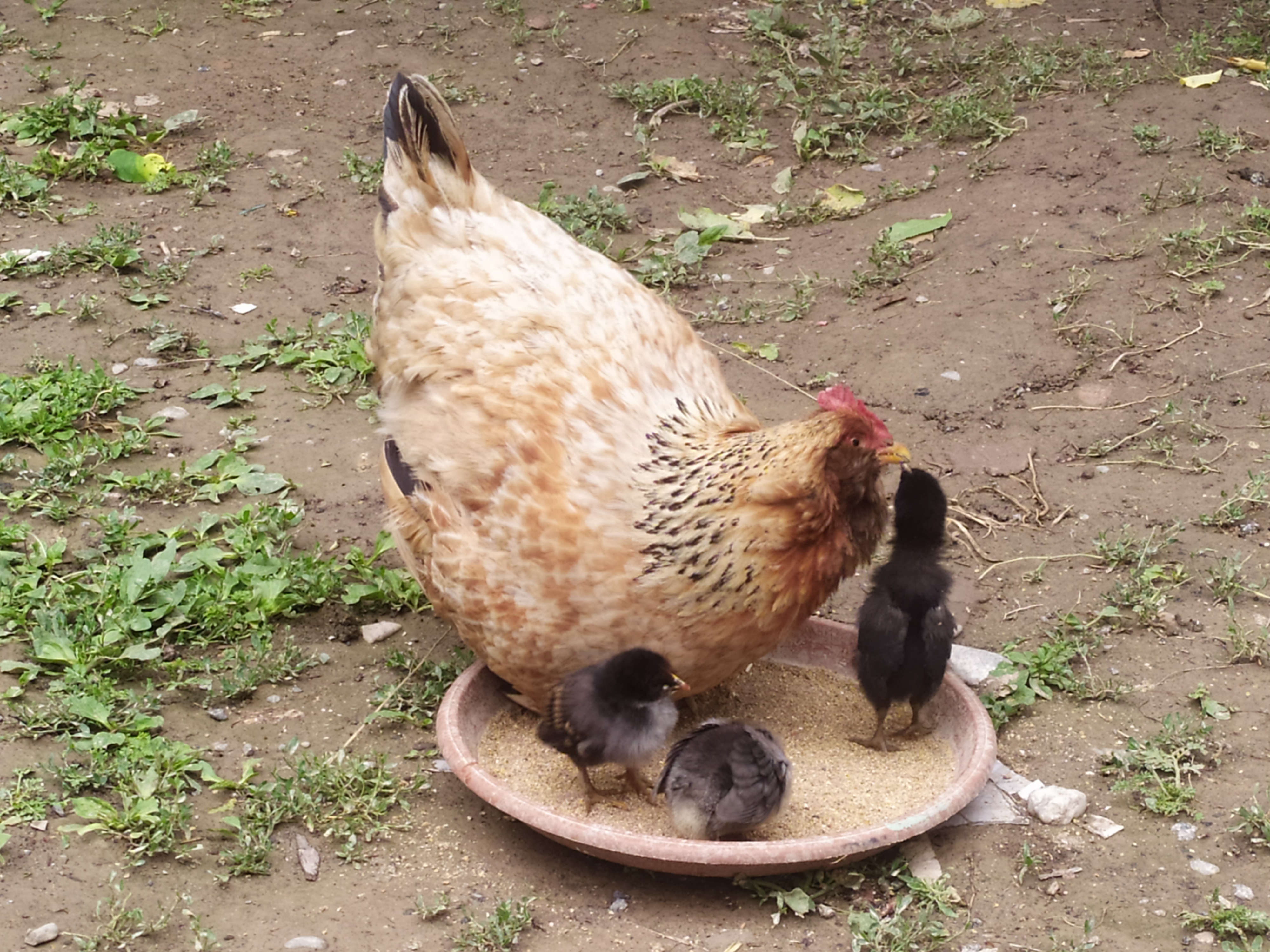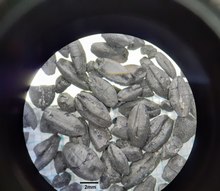-
AI in Fergana – automatic detection of traces of historical settlement
The current results of research into the topography of archaeological and modern settlements in the eastern part of the Fergana Basin were presented at the conference Computer Support in Archaeology in Broumov, Czech Republic. In accordance with the theme of the conference (AI in research), the results of training a spatial model for automatic detection of tepes and recent settlements were presented. Training of visual data (aerial images) is completed (Fig. 01 – statistical results of training and data validation) and a pilot deployment of the model for tepes prediction in the Osh region of Kyrgyzstan was carried out. On an area of 600 square km, 64 new tepes were…
-
Yuryi Alexandrovich Zadneprovskyi in the history of Kyrgyz archaeology
Yu. A. Zadneprovskyi was from the generation of those who had a hard life experience of war years. Therefore, when he came to archeology, he already had hard war years behind him, wounds, concussion, harsh post-blockade Leningrad. And when in the summer of 1946, after finishing his first year, he first got into the archeological expedition of A.N. Bernshtam, who was conducting research in the southern regions of Kyrgyzstan, the sunny and fertile Fergana Valley, no less fertile mountain-valley territory surrounding it, could not help but surprise and attract special attention of Yu. A. Zadneprovskyi. After the very first expedition and communication with the amazing A. N. Bernshtam, he decided…
-
Galina Anatolyevna Brykina. A life devoted to the study of Fergana.
Galina Anatolyevna Brykina was born on January 15, 1929 in Yelets, Lipetsk Region, Russia. In 1953, she graduated from the History Department of Moscow State University and in the same year was hired as a senior laboratory assistant at the Institute of Archaeology of the USSR Academy of Sciences, where she worked until the end of her life. In 1954, she was transferred to the position of junior research fellow, and in 1979 – to the position of senior research fellow at the Department of Scythian-Sarmatian Archaeology. Even in her student years, having joined the expedition of A.N. Bernshtam, G.A. Brykina became interested in archeology. Gaining experience in field research…
-
Proceedings of the professional conference held in Osh at the end of October 2024.
On October 25-26, 2024, an expert archaeological conference dedicated to the memory of Y. A. Zadneprovskyi and G.A. Brykina was held in Osh. From the contributions received at the conference, a collection was compiled and printed, the content of which we bring to you on these pages.
-
Ethnoarchaeological study on tandyrs of southern Kyrgyzstan published
The Journal of Anthropological Archaeology published an analytical study focusing on the ethnography and archaeology of tandyrs in southern Kyrgyzstan. The research team is proud that their research is starting to appear in international journals – it is a recognition of several years of work in this region. And so are the local artisans who participated in the research and provided the necessary ethnographic data. We brought them a copy of the journal.
-
What would we do on Shorobashat in 2024?
Following a visit to (and initial assessment of the potential of) the Shorobashat site in 2023, this agglomeration will be the target of a systematic field survey in 2024. The culturally eponymous site, which dominates the settlement pattern of the Kara-suu region, has already been the subject of interest and research by Y. Zadneprovskyi and one of the goals of our expedition is a revisionary assessment of his research – where his research probes were located and what kind (and quality) of information came from these researches. Another objective is to define the level of preserved field relics of the original town (?) and to delimit its spatial extent using…
-
Tandyr research – a presentation on EAA Rome
The regular meeting of European Archaeologists (EAA) took place in Rome this year. The Czech team from southern Kyrgyzstan presented ethnoarchaeological research on the production, distribution and use of tandyrs as a traditional craft in Central Asia (session 505: Ethnographies of Makers and Making: Traditional Craft and Technology in Contemporary Societies).
-
Unknown author and dating of Sulaiman Too photo
This stunning photograph, which perfectly characterizes Mount Sulaiman Too and its surroundings, has no known author.
-
Animal bones and other archaeozoological remains from Ak-Dzhar, Southern Kyrgyzstan
Animal bone remains from Kyrgyz sites are rarely published, so studying material from Ak-Dzhar near Osh can provide valuable information for understanding past and present communities. In the case of Ak-Dzhar, animal bones and other vertebrate remains were recovered mainly by hand-collecting of archaeological sondages; in a few cases, samples from the archaeological fills were also floated. The analysis of finds was carried out at the excavation site under field conditions and so only a limited number of instruments were available. Within the domesticated ungulates, sheep and goat (Ovis/Capra) remains formed the dominant component of the assemblage. Findings of different age categories and different anatomical skeletal parts were recorded, with…
-
Archaeobotany on the Silk Road, research results in southern Kyrgyzstan
The Silk Road is one of the most famous trade routes, which is necessarily associated not only with the exchange of goods and knowledge, but also with cultural customs and cultivated crops. The waypoints on this relatively branched route served as a kind of centers, on whose development it is possible to follow its dynamics. The paper deals with the archaeobotanical research of one such center, in this case the settlement mounds (tepe) in the Ak-Jar locality, situated approx. 20 km east of the city of Osh in southern Kyrgyzstan at an altitude of approx. 1300 m. The locality is located at the foot of the Pamir Mountains, where one…
